Choryuhyang (초유향)
4.9Km 2017-11-23
24-10, Dadong-gil, Jung-gu, Seoul
This restaurant's feature items are its Samseon-nurungjitang, Dongpayuk, and Seafood Galbi. Seafood is plentiful in the Samseon-nurungjitang, making for a delicous soup base to which nicely browned rice is added later. When the browned rice is added to the soup base, a loud crackling noise is heard, which signals the beginning of a delicious meal.
Janganmun (장안문)
4.9Km 2021-03-19
29, Eulji-ro 3-gil, Jung-gu, Seoul
+82-2-755-0673
A barbecue specialty restaurant located near Euljiro 1(il)ga Station in Seoul. The most famous menu is grilled beef brisket. A Korean BBQ restaurant.
Chamsutgol (참숯골)
4.9Km 2019-08-01
16, Mugyo-ro, Jung-gu, Seoul
+82-2-774-2100
Located in Mugyo-dong in Jung-gu, Seoul, Chamsutgol (참숯골) is an upscale restaurant serving hanu beef dishes. The restaurant uses only top quality hanu beef from young cattle (two years old or younger) raised on farms in Jeolla-do Province. For freshness and tenderness, the restaurant serves only fresh meat (not frozen) of A+ grade or higher. To bring out its juiciness and tenderness, the meat is grilled on a charcoal fire.
The elegant ambience and décor and the variety of rooms in different sizes make the restaurant a favorite choice for special events. It is also regularly visited by international tourists. Popular dishes are the sirloin steak and marinated ribs, doengjang soup, and yeongyang dolsotbap (rice served in a hot stone bowl).
Yeonji-dong Sundubu (연지동순두부)
4.9Km 2021-03-22
10, Daehak-ro, 1-gil, Jongno-gu, Seoul
+82-2-762-0593
This place sells a variety of soft tofu dishes. This Korean dishes restaurant is located in Jongno-gu, Seoul. The most famous menu is seafood and soft bean curd stew.
Libuk Sonmandu (리북손만두)
4.9Km 2019-08-28
17-13, Mugyo-ro, Jung-gu, Seoul
+82-2-776-7361
Libuk Sonmandu restaurant is located deep in the alleys behind Seoul City Hall in the Mugyo-dong area. It is famous for kimchimari bap and sonmandu (handmade dumplings). Kimchimaribap is rice in a soup of kimchi and ice cubes with various added flavorings that originated in North Korea. This is a refreshing dish for summer. Other items on the menu are bindaetteok (mung bean pancake) and mandu jeongol (dumpling hot pot).
Cathédrale anglicane de Corée (대한성공회 서울주교좌성당)
4.9Km 2020-04-30
Seoul, Junggu, Sejongdae-ro 21gil 15
L'église anglicane de Corée à Séoul a été construite sous la direction de Mark Trollope et de l'architecte anglais Arthor Dixon en 1922. I
L'église se distingue par son architecture mêlant romanesque et style traditionnel coréen.
* Structure (4 étages) : B1-3F
Crazy Fry Mukyo(크레이지후라이 무교)
4.9Km 2020-10-30
24, Namdaemun-ro, 9-gil, Jung-gu, Seoul
+82-2-773-7979
A store selling made-to-order tteokbokki. The most famous menu is stir-fried rice cake. A spicy rice cakes specialty restaurant located near Euljiro 1(il)ga Station in Seoul.
Nampo Myeonok (남포면옥)
4.9Km 2021-03-26
24, Eulji-ro 3-gil, Jung-gu, Seoul
+82-2-777-3131
It has been 40 years since this restaurant opened its doors under the name Nampo Myeonok (남포면옥) and became one of the traditional restaurants as designated by the Seoul City Government. Thin strips of beef and vegetables, cold noodles, and dumpling soup in Pyeongan-do style with little white radish kimchi are said to be the best dishes of Nampo Myeonok. As old as this restaurant is, the taste of the food is very rich and keeps a steady stream of satisfied customers.
*Best Korean Restaurant as designated by The Seoul Metropolitan Government
Magasins des produits électriques de Sewoon (Sewoon Jeonja Plaza) (세운전자상가(세운전자플라자))
4.9Km 2023-08-25
159, Cheonggyecheon-ro, Jongno-gu, Seoul
+82-2-2271-2344
Les magasins de la zone 'Sewoon Electonics Department Store' sont réputés pour proposer une multitude de produits électroniques, première zone du genre avant l'apparition de 'Yongsan Electronics Department Store'.
Porte Heunginjimun (흥인지문)
4.9Km 2023-04-26
288, Jong-ro, Jongno-gu, Seoul
Département culture et tourisme de l'arrondissement Jongno-gu : +82-2-2148-1842
La porte Heunginjimun a été construite pour protéger Hanseongbu, lieu de gouvernance historique du pays. La porte Heunginjimun était la porte à l'est de la muraille de Séoul parmi les 8 portes de l'édifice. Elle est aussi appelée la porte Dongdaemun. La porte fut construite durant la 5ème année de règne du roi Taejo en 1396 puis réaménagé durant le règne du roi Danjong en 1453. Elle fut reconstruite en 1869 durant la sixième année de règne du roi Gojong. Elle est un symbole de l'architecture de la fin de la période de la dynastie Joseon.
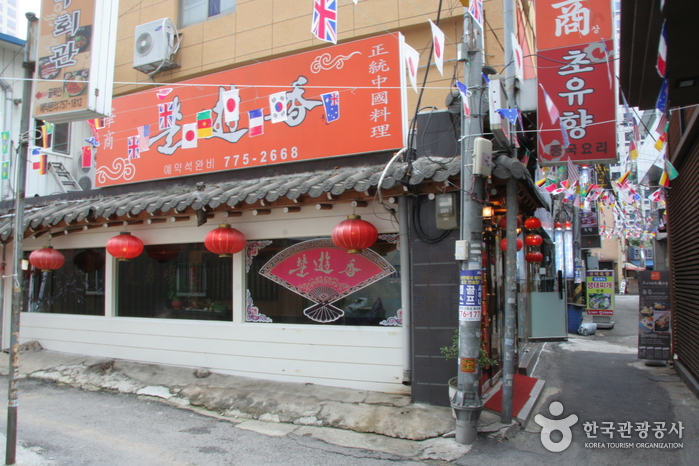
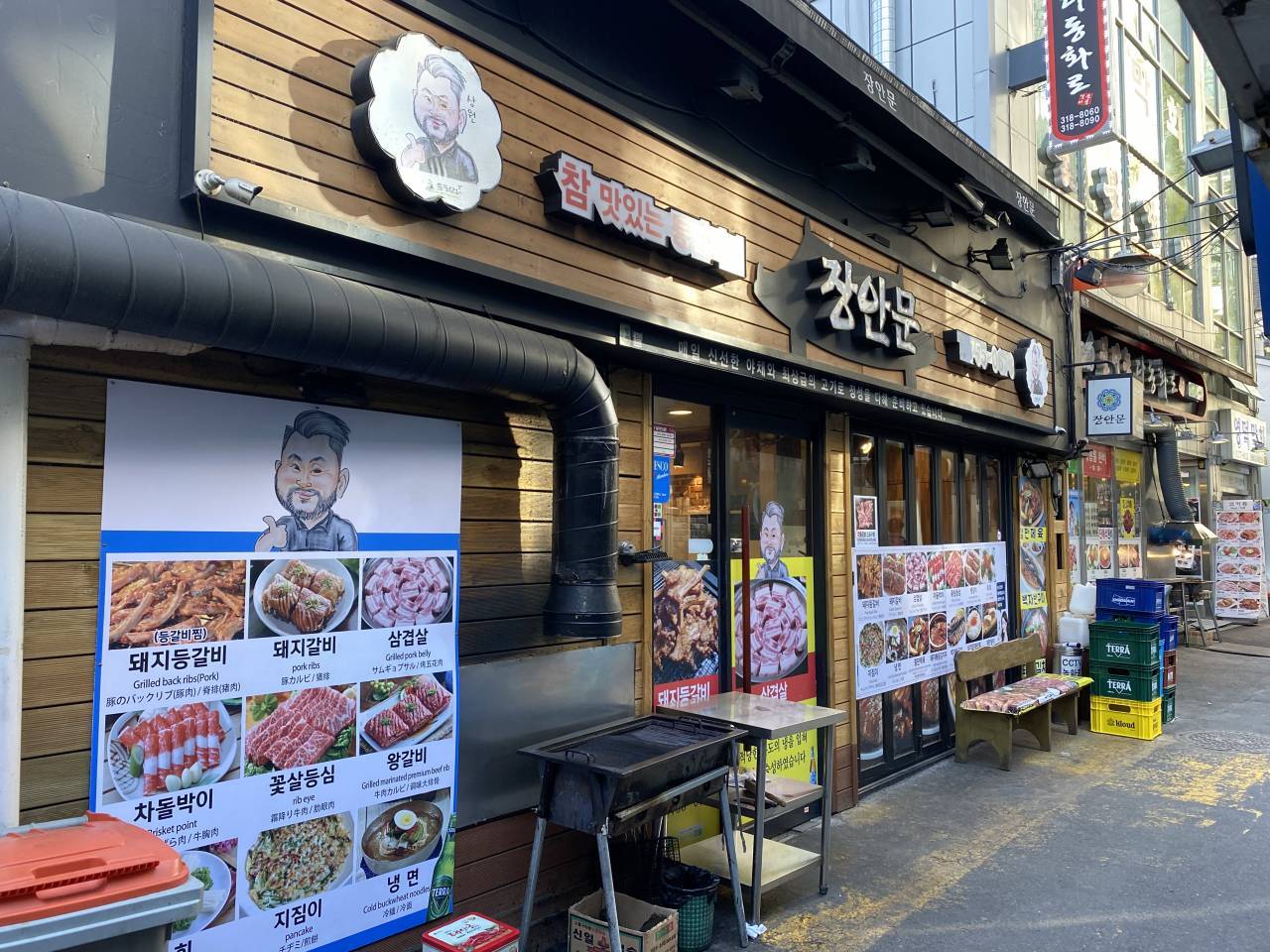
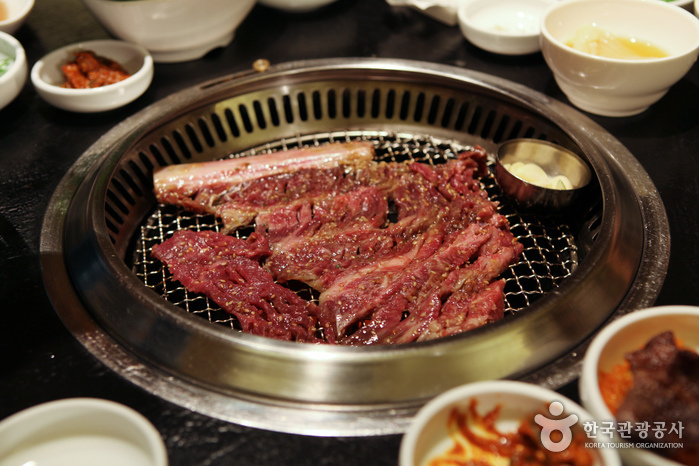
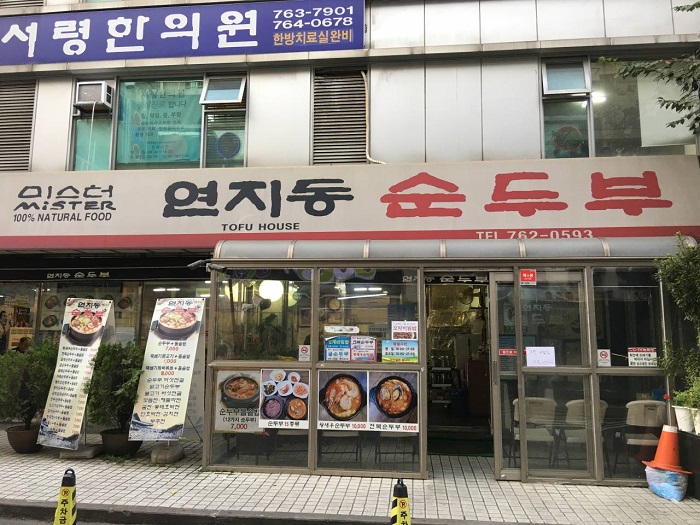
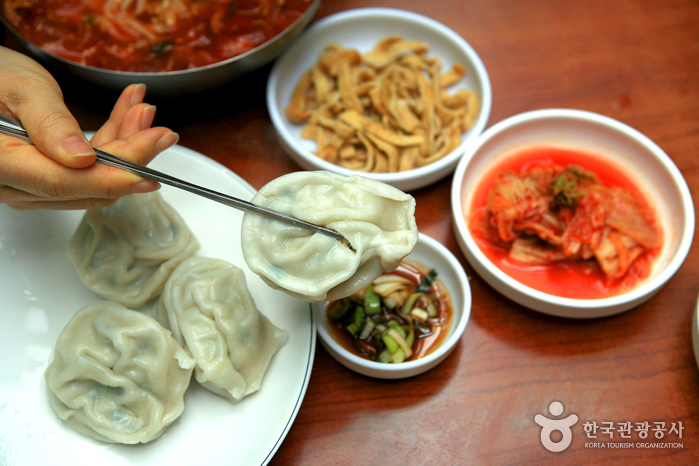
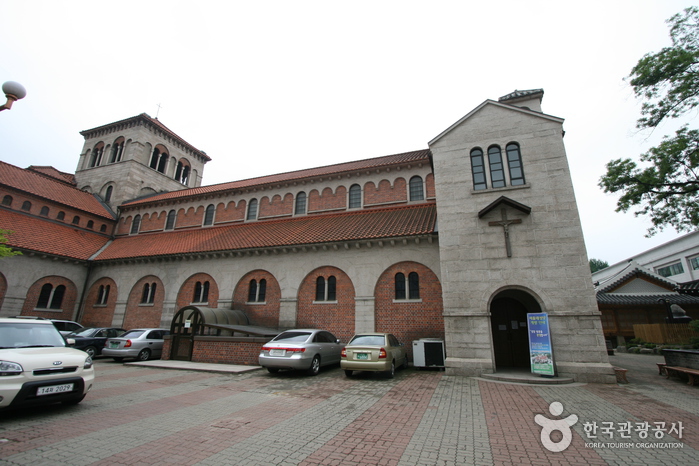
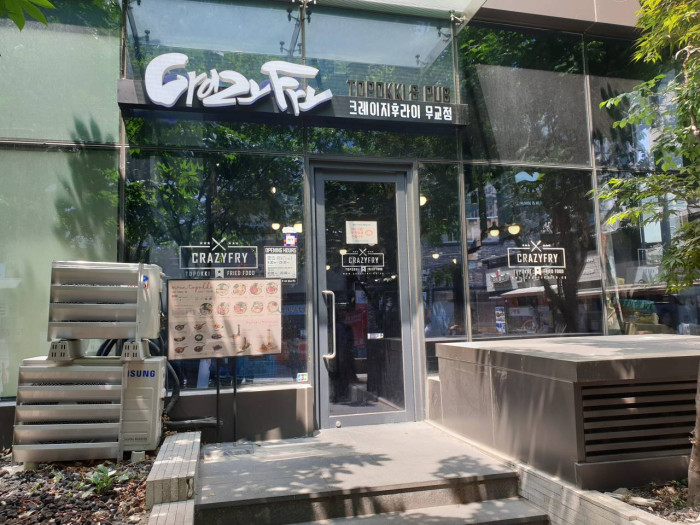

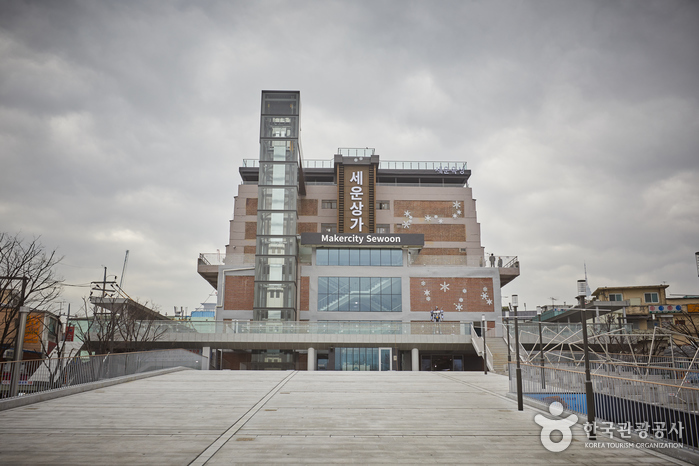
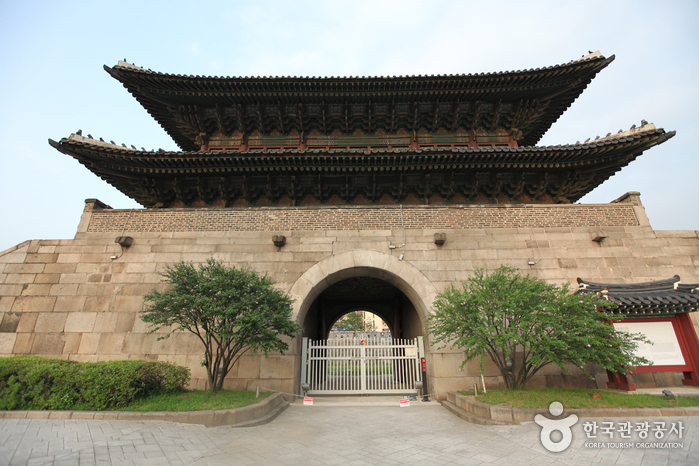
 Français
Français
 한국어
한국어 English
English 日本語
日本語 中文(简体)
中文(简体) Deutsch
Deutsch Español
Español Русский
Русский